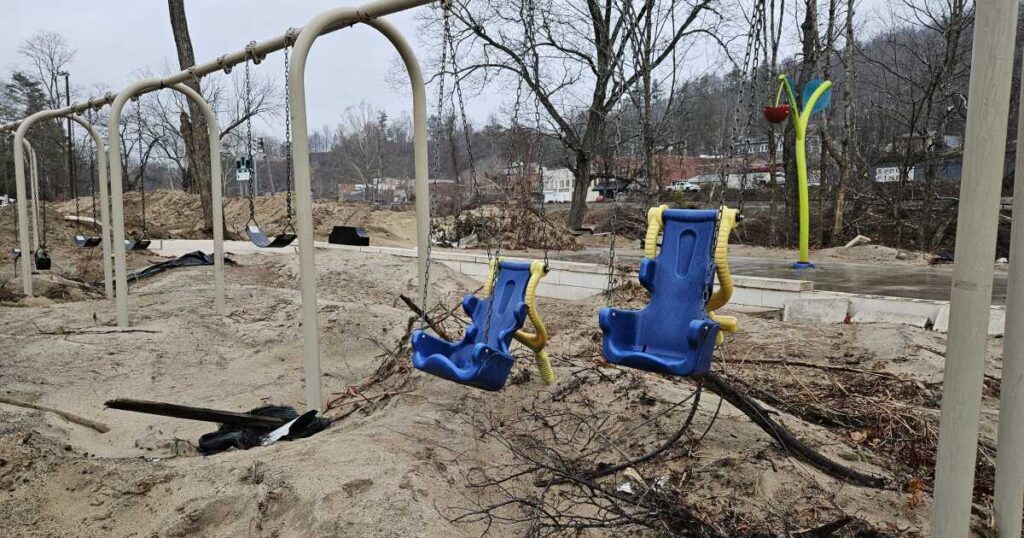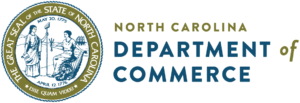Unspent Helene Recovery Funds in North Carolina Prompt Concerns
North Carolina allocated over $1 billion in Helene recovery funds last October, yet almost two-thirds remain unspent as of mid-February. This delay in distribution raises questions about the allocation process and its efficiency.
The funding, approved through two legislative bills, was intended to support various state agencies in aiding western North Carolina. However, a presentation by the Governor’s Recovery Office for Western North Carolina (GROW NC) highlighted that approximately $750 million of the $1.1 billion remains unallocated.
Jonathan Krebs, the Western North Carolina Recovery Advisor for Governor Josh Stein, stated that some of the funds were earmarked as matches for federal funding. These funds have not been utilized as FEMA handles most expenses currently. He noted, “A lot of this is kind of working through its process, and some of these funds are intended to be spent over the course of a year or over 18 months.”
A portion of the funds, not linked to federal matches, was directed towards child care recovery. $10 million was allocated to the N.C. Partnership for Children and its Smart Start Local Partnerships but was initially handled by the N.C. Department of Health and Human Services, causing delays. The funds were only released to Smart Start on February 25, four months post-legislation. A DHHS spokesperson explained that necessary administrative procedures had to be established first.
The Smart Start partnership in Buncombe County began taking grant applications for child care assistance, with decisions expected by May 16, almost seven months after the funds were allocated. Despite closures, most child care centers have reopened, with only about 10 remaining closed, as reported by the N.C. Licensed Child Care Association.
Other program funds are also underutilized, particularly short-term loan programs for small businesses and local governments. Krebs mentioned reluctance from these groups to incur debt, suggesting grants might be a better alternative. Governor Stein and Democrats have advocated for more grant-based funding, but new legislation has yet to reflect this.
State legislators expressed dissatisfaction with the pace of fund distribution. Senate leader Phil Berger pointed out instances of delayed funding, emphasizing the need for improvements. Sen. Ralph Hise, R-Mitchell, introduced new reporting mandates in the recent disaster relief bill, requiring the executive branch to report spending within seven days.
Unspent Allocations
Water and sewer infrastructure: $100 million was assigned to the Department of Environmental Quality for local government utility repairs. So far, $60 million has gone to 21 local governments, with funds still available.
Small business loans: The Golden LEAF Foundation received $50 million for bridge loans, with over $28.8 million granted so far. However, there is hesitation among businesses to take on debt, leading to slower application rates.
Underground storage tanks: The Division of Waste Management has lent $347,514 out of $22 million to businesses needing tank repairs and testing. Efforts to inform potential recipients are ongoing.
Debris cleanup: The Department of Agriculture received $25 million, but none has been spent due to overlap with federal funding responsibilities.
Emergency Management matches: $325 million was allocated to the Department of Public Safety for federal fund matches, with only $51 million used to date.
Fully Spent Allocations
Rent and utilities: $10 million was fully utilized by the Department of Health and Human Services for rent and utility aid.
School facilities: More than $50 million was spent by the Department of Public Instruction for school repairs, indicating a potential need for additional funds.
Tourism: Visit NC spent the entire $5 million allocation for tourism marketing.





